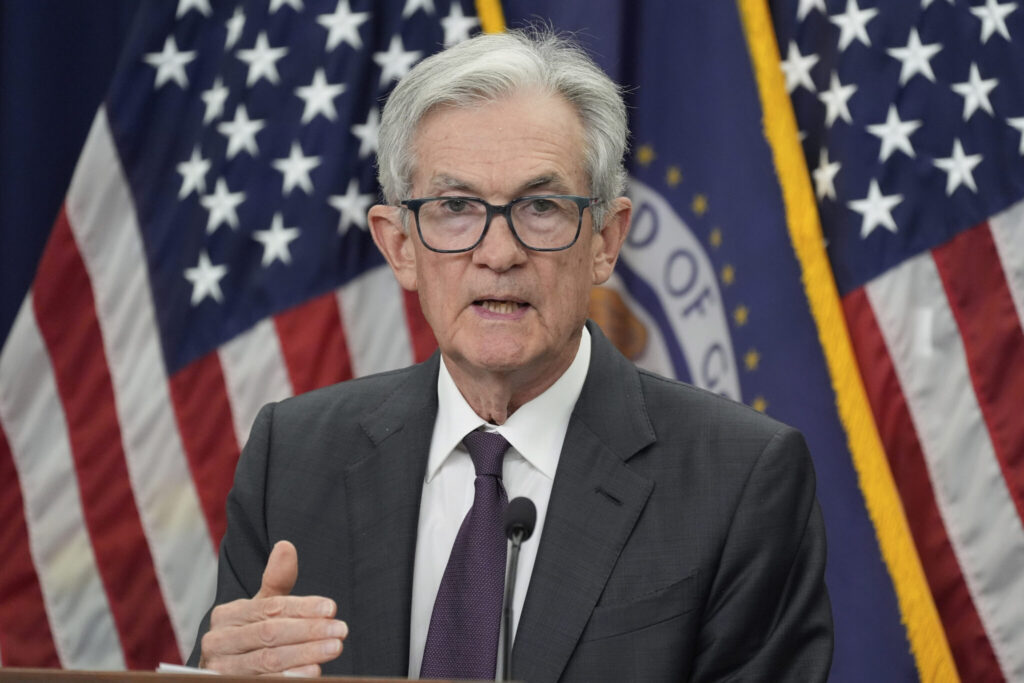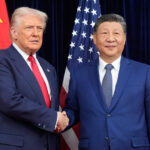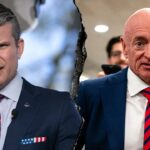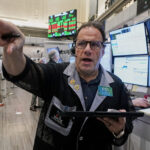Fed Chair Powell Signals Possible Rate Reduction Soon/ Newslooks/ WASHINGTON/ J. Mansour/ Morning Edition/ Federal Reserve Chair Jerome Powell suggested a rate cut could be on the horizon but stressed the need for caution amid ongoing inflation risks. His comments come as unemployment remains stable, but economic pressure from tariffs and hiring slowdowns persists. The Fed’s next move may come as soon as September.
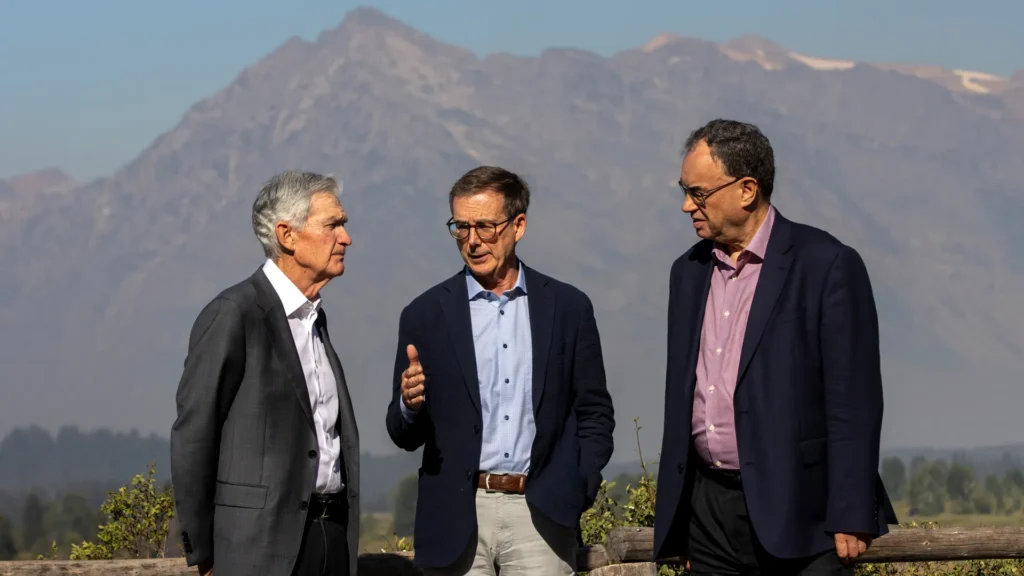
Federal Reserve Rate Decision: Quick Looks
- Jerome Powell hints at possible rate cut but offers no timeline.
- Inflation and labor market uncertainty continue to complicate Fed policy.
- Fed is weighing tariff impacts and rising consumer prices.
- The next policy meeting is set for September 16–17.
- President Trump has urged rate cuts, citing falling inflation.
- Financial markets still anticipate a rate cut, though confidence has slipped.
- Powell warns tariffs are fueling inflation in key consumer sectors.
- Job growth has slowed, but unemployment remains relatively low.
Fed Chair Powell Signals Possible Rate Reduction Soon
Deep Look
JACKSON HOLE, Wyo. — Federal Reserve Chair Jerome Powell signaled Friday that the central bank may be preparing to lower interest rates in the near future — but not without continued scrutiny of inflation and employment data. His comments, delivered during the Fed’s annual symposium in Jackson Hole, mark one of his clearest indications yet that monetary policy could shift after months of cautious observation.
“The stability of the unemployment rate and other labor market measures allows us to proceed carefully as we consider changes to our policy stance,” Powell said in prepared remarks.
Although Powell gave no firm timeline, his acknowledgment that conditions may “warrant adjusting our policy stance” was the most direct suggestion yet of an impending rate cut. The Fed’s next interest rate decision will come during its scheduled September 16–17 meeting, and investors are closely watching for definitive signals.
Caught Between Inflation and Employment Pressures
The Fed currently faces a dual dilemma: rising consumer prices and sluggish job creation. Ordinarily, these trends would push monetary policy in opposite directions — rate hikes to cool inflation, and rate cuts to stimulate hiring. But Powell emphasized that current conditions demand a careful, data-driven approach.
“With policy in restrictive territory, the baseline outlook and the shifting balance of risks may warrant adjusting our policy stance,” he added.
The Fed’s benchmark interest rate has remained at elevated levels since the last hike in late 2024. This has helped cool inflation but is now weighing on economic growth and investor confidence.
Markets Want Clarity, Trump Wants Cuts
Financial markets have been pricing in the likelihood of a rate cut in September, but those odds dipped this week amid Powell’s more cautious tone. Still, the signal that a cut is on the table has fueled speculation across Wall Street.
Meanwhile, President Donald Trump and his allies continue to pressure the central bank. Trump has repeatedly accused Powell of acting too slowly and argues that rate cuts would not only stimulate the economy but lower the government’s $37 trillion debt burden.
This week, tensions escalated further when a Trump official called for Fed Governor Lisa Cook’s resignation over an alleged mortgage fraud case, a move seen by some as a political effort to reshape Fed leadership.
Tariffs Driving Up Consumer Prices
A major factor complicating the Fed’s decision-making is the ongoing impact of U.S. tariffs, which Powell said are clearly inflating consumer prices — particularly on imported goods like toys, shoes, and furniture.
“We expect those effects to accumulate over coming months, with high uncertainty about timing and amounts,” Powell warned.
While inflation has fallen from a peak of 9.1% in mid-2022, the trend is still cause for concern. In July 2025, consumer prices rose 2.7% year-over-year, exceeding the Fed’s target of 2%. Core inflation, which excludes volatile food and energy prices, stood at 3.1%.
Job Market: Stable but Slowing
Powell acknowledged that while unemployment remains low, job creation has slowed sharply in 2025. He pointed to reduced immigration levels, which means fewer new jobs are needed to maintain stable unemployment numbers.
Still, the risk of a downturn is growing. Powell noted that sluggish hiring may lead to more layoffs and economic contraction, prompting the Fed to act sooner if warning signs worsen.
“Hiring is slower, but the job market is not yet deteriorating to the point where immediate action is necessary,” Powell said.
Cautious Path Ahead
Despite mounting political and market pressure, Powell reiterated the Fed’s commitment to caution and data dependence. Any decision to lower rates will be based not on speculation, but on real-time shifts in inflation, labor dynamics, and broader economic trends.
“The path forward is uncertain, and policy decisions will continue to reflect evolving risks,” Powell concluded.

